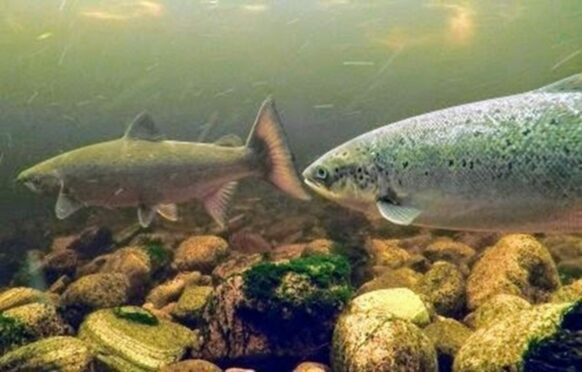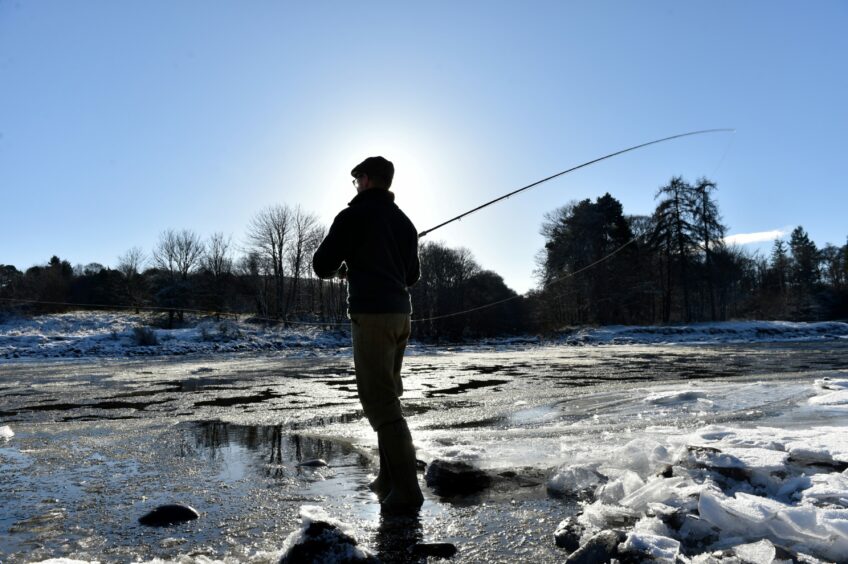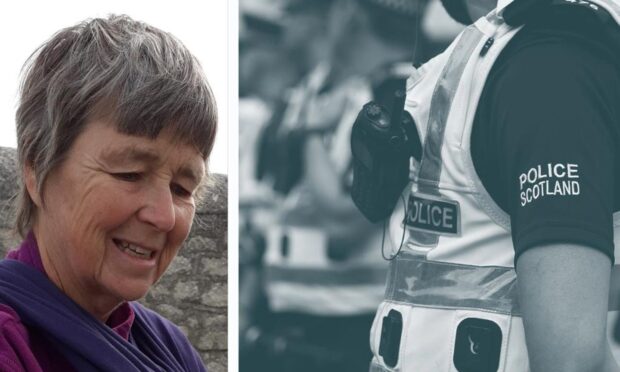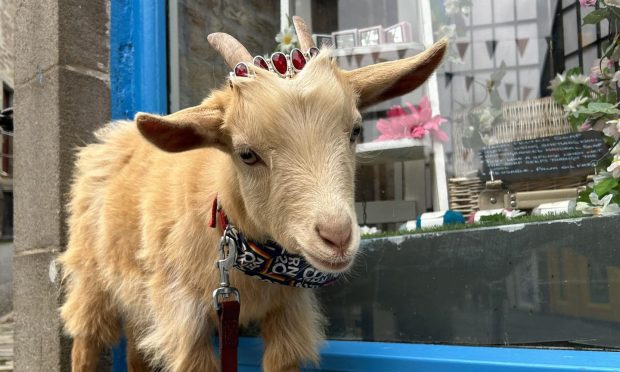Research has revealed that an abrupt change in climate conditions about 800 years ago and subsequent human exploitation in the North Atlantic played a role in the decline of Atlantic salmon populations returning to rivers.
The study by Southampton University and the British Geological Survey was carried out in Loch Insh.
Findings point to large-scale changes in the marine habitat brought on by a transition from a warm to a cold climate and what is now known as the Little Ice Age (circa 1300–1850), corresponding with decline in salmon in the River Spey.
Took samples from the loch
For the study, scientists took core samples from the loch, collecting and measuring marine derived nutrients (MDNs), which give an understanding of the historic population levels of salmon.
The researchers used control lakes with no exposure to salmon to determine and compare background nutrient levels.
As well as this, they also examined a 150-year record of net catch data from the lower Spey to help calibrate the MDN record, with fluctuations in numbers of returning salmon caught in the nets.
Lead author, David Sear said: “These results can help us understand some of the controls on salmon populations prior to and during major human exploitation.
“Our study shows that historically, beavers, common in Scotland hundreds of years ago, do not appear to have significantly impacted salmon numbers.
“This is very relevant today, as the animals are being reintroduced to UK rivers and a debate continues about their potential impact on migratory species like salmon.”
Climate change ‘makes it very relevant’
Co-author, Melanie Leng of the British Geological Survey said: “This research benefited from state-of-the-art geochemistry which enabled us to fingerprint salmon abundance over hundreds of years.
“We show that climate has been an important influence of salmon numbers, which is very relevant today due to the speed of climate change.”
This study, published in the international journal The Holocene, is the first to use MDNs to measure Atlantic salmon, with the method previously being used for Pacific salmon in northwest USA and Canada.












Conversation